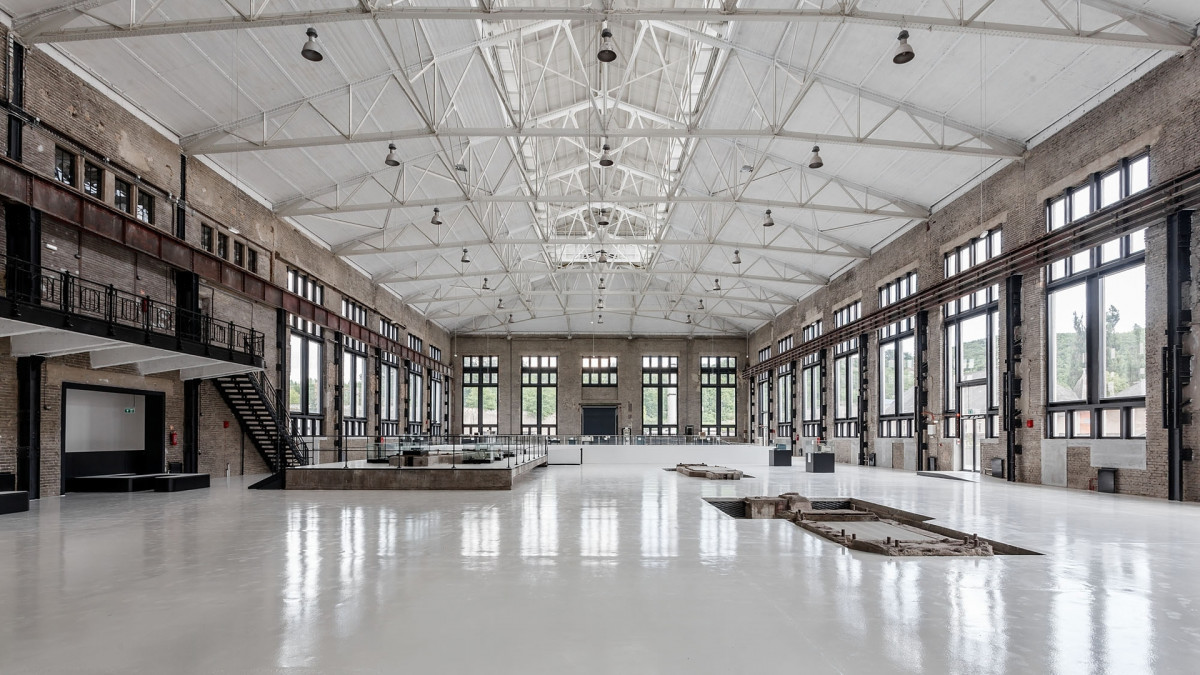Culture Factories
Abandoned industrial buildings as cultural sites
- Author
- Varga Piroska DLA
- Supervisor
-
Dr. habil Zsolt Vasáros DLA
- Year
- 2018
- Download disszertáció
My thesis explores revitalization potentials of abandoned industrial buildings. Because of this wide-ranging agenda and the huge number of implemented examples, I focused on three, inherently different examples: Zsolnay Cultural Quarter, Culture Factory Ózd and Rudapithecus Spectacle and Educational Trail.
This selection was motivated by personal experiences, as I had the opportunity to meet and talk about these project with László Herczeg and Györgyi Csontos and became one of the designers of Rudapithecus Spectacle and Nature Trails. Moreover these three projects are the most relevant revitalization projects of the most significant Hungarian abandoned industrial areas in the last 10 year. My intention in this thesis is to support domestic revitalization projects, but it is also important and adequate to present the difficulties and results of Hungarian examples. Furthermore I mention other good examples from Hungary and abroad.
Based on discussed domestic examples and masterwork, it can be concluded that these revitalization projects lack in many things regionally. Especially if we compare them to Western Europe. But to fill a building or a specific factory area with a new function can certainly be successful and outstanding.
Creating strategies on a regional and a national level, needs long term planning. This requires a more reliable legal and political framework than we live in. Despite of the given circumstances, all implemented projects were well prepared, because of excellence, competency and commitment of the involved experts.
A very elaborate heritage survey was conducted in case of the Zsolnay Cultural Quarter. Extensive local knowledge and former researches of the architect helped to base the planning works correctly despite of the substantial time pressure in Ózd. Preliminary studies of paleontologists and geologists supported implementation of the substantive content at Rudabánya.
Success of these projects depended on an open minded cooperation of architects and experts with a thorough knowledge of the area.
Today the whole culture heritage in our country, is in trouble and not just the industrial ones. Citing Pál Lővei Dsc, art historian: “Aggregation of loosely connected fields in 2001 concluded gradually to the total liquidation of heritage management. Here and there one can find some excellent professionals, but the national heritage management – in the sense valid in Europe, America, Australia and Asian countries – abolished at the latest in 2011, merely rearguard debates are going on.”
On one hand I wanted to introduce a basic situation of industrial heritage in Europe and Hungaryin in my thesis. But on the other hand I investigated developments from the architect’s point of view with additional cooperation with the given city/area and I mainly focused on how reconstructions, transformations are affecting buildings. Despite the challenging situation in heritage management there are several initiatives and relevant knowledge and we can be proud of the implemented projects countrywide which can compete either on professional or international cultural levels, as certified by important international architectural awards and by their public attendance. However abandoned areas like Rudabánya are outside of urban context or affect such a big territory by themselves, therefore they raise severe landscaping questions from soil recultivation to designing the reconstructed area.
Factory reconstruction programs have a direct developmental impact on their environment. Therefore the new function moved into old factory buildings during rehabilitation project. This enables the town, which includes the industrial area, to become an attractive cultural center and might show an alternative for building a new, knowledge-based economy.
